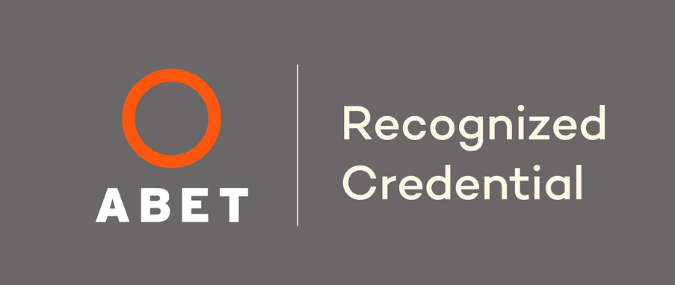

This program has satisfied ABET’s Credential Recognition Standards for quality.
View Important Policies and System Requirements for this course
INSTRUCTORS:
Douglas, D. Gransberg, Ph.D., P.E., F.MASCE
Dominique Pittenger, PH.D
Interested in registering 5 or more engineers for a course? Contact us for information and rates.
Purpose and Background
This course teaches the fundamentals of critical path method (CPM) and the development of schedules based on the CPM network analysis output. Critical Path Method (CPM) Scheduling is a fundamental skill for engineers and project managers to accurately plan, manage, and to bring their projects in on schedule. The construction and engineering industry has adopted scheduling software programs to assist in building project schedules for increasingly complex projects, reducing the time needed to estimate project durations and produce baseline contract schedules.
The software relies on proprietary “black box” algorithms, which cannot be checked or adjusted. This makes it crucial for project managers and engineers to have a solid understanding of the processes utilized in their scheduling software to be able to identify potential shortcomings in new project schedules and to locate errors in schedules in the event of schedule related claims. The ability to produce and analyze CPM-based schedules allows engineers, project managers, and general contractors the capability to make better decisions, effective resource allocations, and to pursue or defend schedule related claims in their projects. Construction engineers need to be able to understand what is and isn’t going on inside the “black box” of their preferred scheduling software, or they run the risk of making poorly informed decisions which affect their clients’ bottom line. This course will take an estimated 4 hours and 30 minutes to complete.
Benefits and Learning Outcomes
Upon completion of this course, you will be able to:
- Apply the fundamentals of network analysis.
- Develop schedules based on the CPM network analysis output.
- Apply the principles of activity sequencing to typical projects of all types.
- Explain the use of resource leveling to optimize the planned sequence of work.
- Describe how cost-loading can be used to schedule cash flow.
- Identify and prioritize scheduled tasks in order to streamline planning strategies, shorten overall construction schedules, and reduce costs.
- Communicate effectively with team members by recognizing and utilizing best practices for planning and scheduling of construction tasks.
Assessment of Learning Outcomes
Achievement of the learning outcomes by attendees will be assessed through a short post-assessment (true-false, multiple choice and fill in the blank questions).
Who Should Attend?
- Entry-level engineers
- Mid-career engineers
- Architects
- Construction professionals
- Non-engineering construction professionals
- Project managers
- Design managers
- Construction office
- Schedulers
- Estimators
- Developers
Course Outline
Module 1: Introduction to Project Scheduling
Lesson 1.1 = Introduction to Project Planning and Scheduling – this video contains a short quiz
Lesson 1.2 = CPM Terminology and Precedence – this video contains a short quiz
Lesson 1.3 = Activity Take-off
Learning Exercise
Module 2: Network Diagramming and Calculations
Lesson 2.1 = Work Sequencing – this video contains a short quiz
Lesson 2.2 = Network Diagramming – this video contains a short quiz
Lesson 2.3 = CPM Calculations
Lesson 2.4 = Practical Exercise
Learning Exercise
Module 3: Optimizing the CPM Schedule
Lesson 3.1 = Schedule Adjustments and Updates – this video contains a short quiz
Lesson 3.2 = Resource Loading the Schedule – this video contains a short quiz
Lesson 3.3 = Resource Leveling
Learning Exercise
Module 4: Cost Loading and Earned Value Management
Lesson 4.1 = Cost Loading the Schedule – this video contains a short quiz
Lesson 4.2 = Earned Value Management – this video contains a short quiz
Lesson 4.3 = Schedule Delay Case Study
Learning Exercise
Module 5: Final exam
How to Earn your CEUs/PDHs and Receive Your Certificate of Completion
This course is worth .5 CEUs/5 PDHs. To receive your certificate of completion, you will need to complete a short on-line post-test and receive a passing score of 70% or higher.
How do I convert CEUs to PDHs?
1.0 CEU = 10 PDHs [Example: 0.1 CEU = 1 PDH]

The Project Planning and Scheduling credential satisfies ABET’s Credential Recognition Standards for quality.